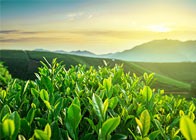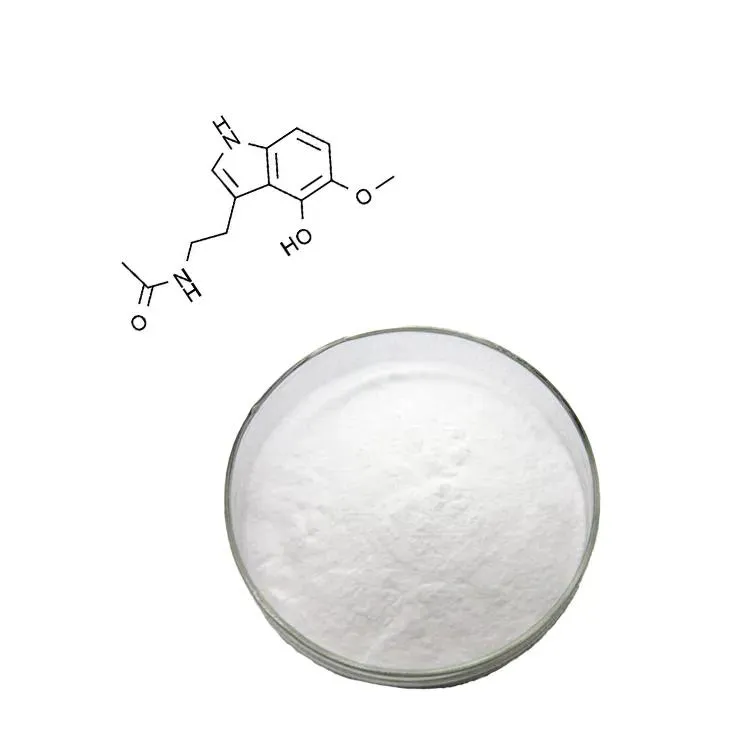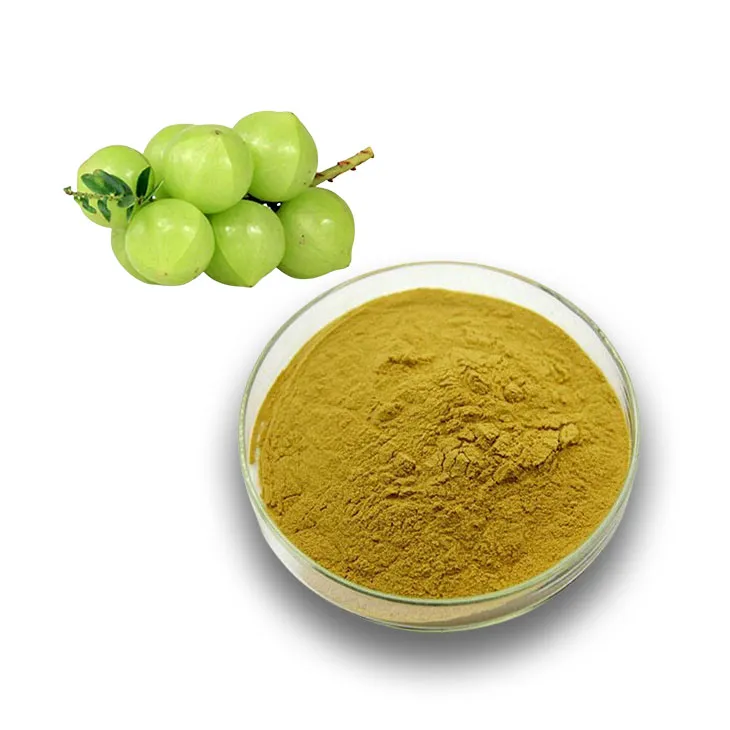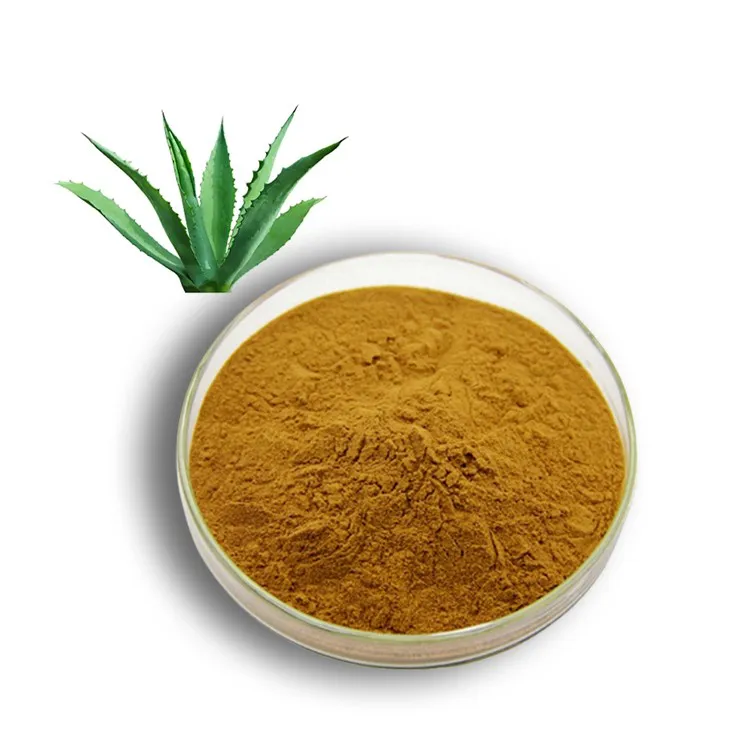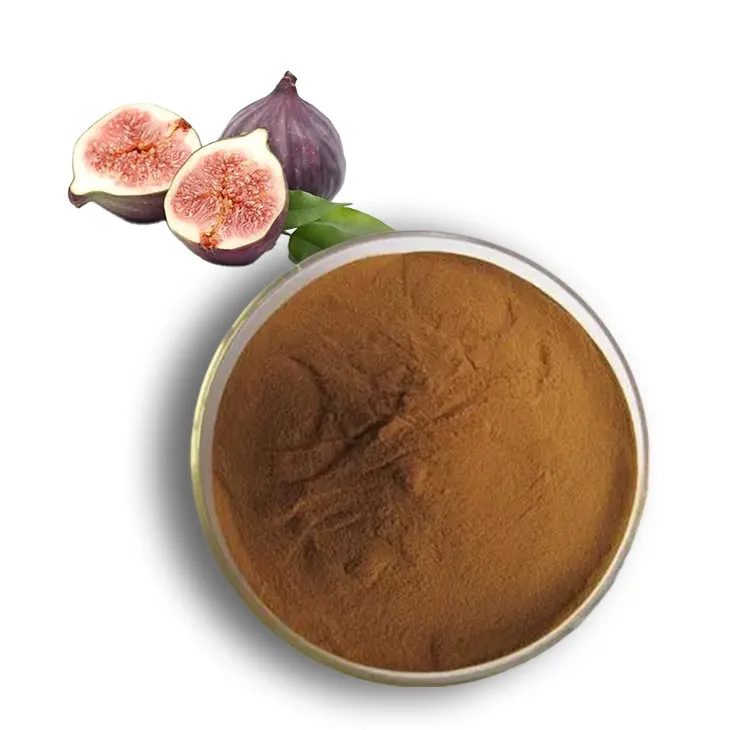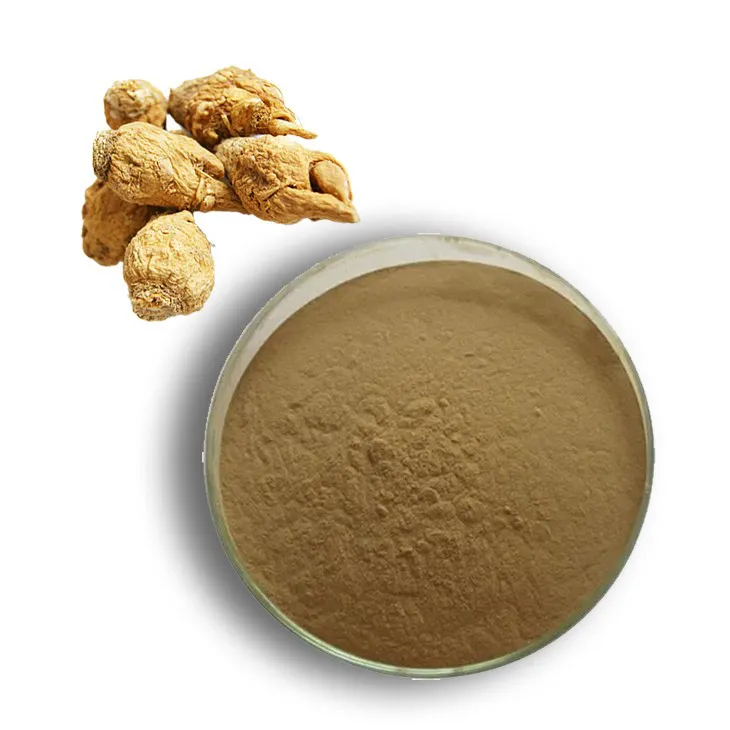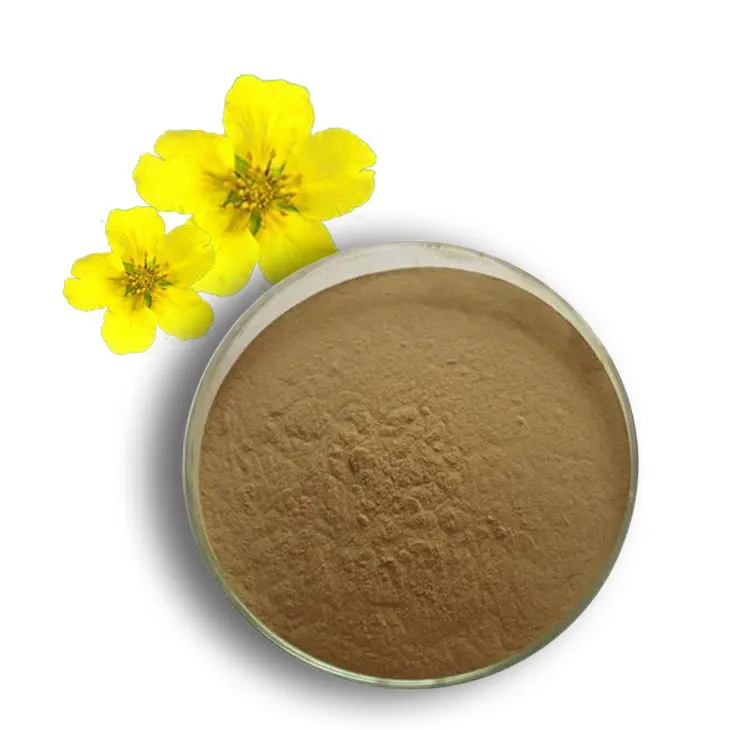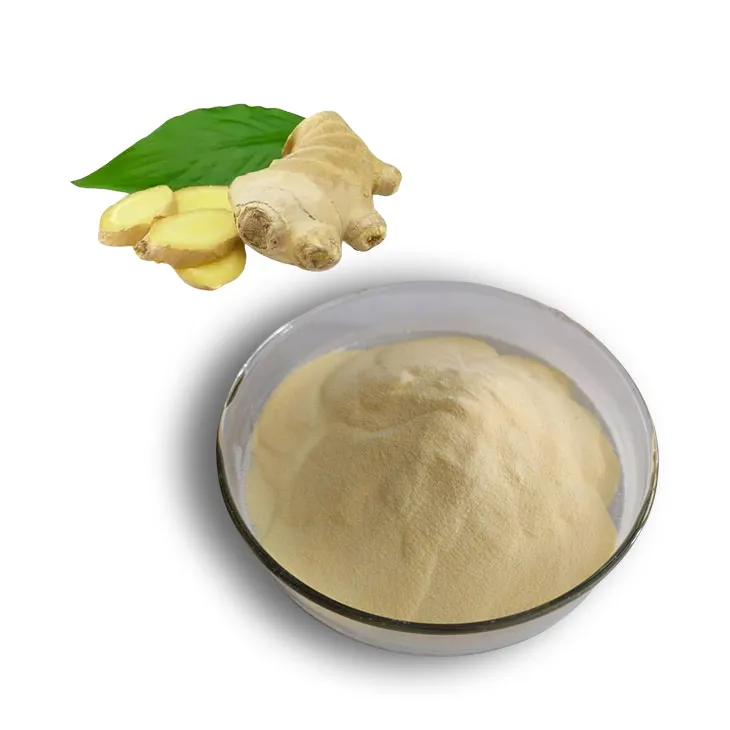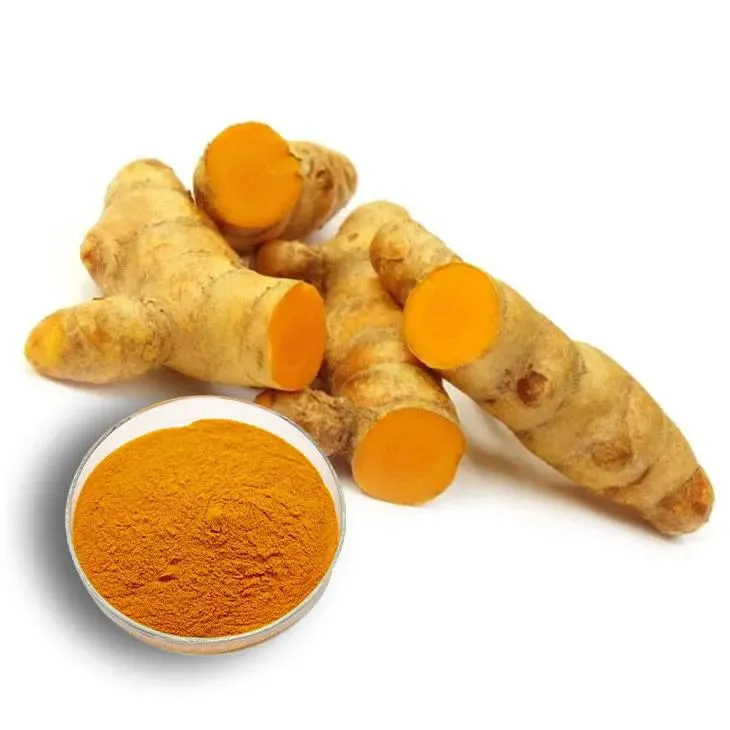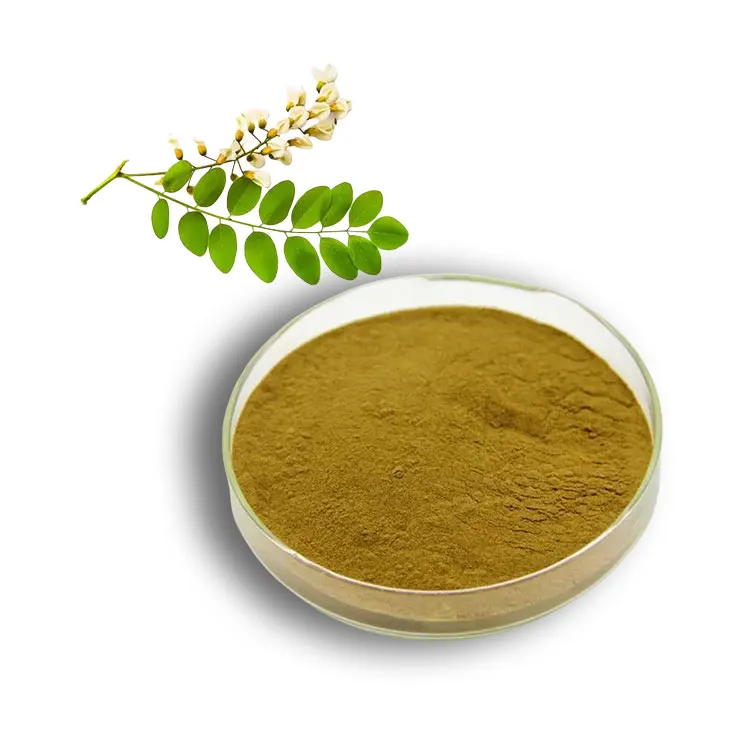- 0086-571-85302990
- sales@greenskybio.com
Red Wine Extract Explained: Composition, Benefits, Uses, and Safety Considerations
2025-07-27

Consumers browsing the supplement aisle or ingredient lists of functional foods increasingly encounter the term “Red Wine Extract.” Despite the name, this ingredient is neither alcoholic nor designed to deliver the sensory pleasure of wine. Instead, it is a concentrated source of polyphenolic compounds—plant-derived chemicals linked to antioxidant, cardioprotective, and anti-inflammatory effects. This article offers a comprehensive examination of Red Wine Extract: what it is, how it is produced, the bioactive compounds it contains, evidence-based benefits, typical applications, dosage ranges, and important safety and purchasing considerations. By the end, readers should understand why manufacturers incorporate Red Wine Extract into supplements and food products, and how to evaluate whether it fits into a personal wellness plan.
Definition and Core Concept
Red wine extract is a standardized powder or liquid concentrate derived from red grape skins, seeds, and occasionally stems left over after winemaking. During vinification, grape solids steep in the fermenting must, releasing color, tannins, and polyphenols. Once alcoholic fermentation is complete, these solids—known as pomace—are removed. Instead of being discarded or used only as compost, pomace serves as the starting material for red wine extract. Manufacturers subject the pomace to water, ethanol, or super-critical CO₂ extraction to isolate and concentrate the desired polyphenolic fraction, after which solvents are removed and the extract is dried or standardized in liquid form.
Key Bioactive Components
A credible red wine extract is rich in a spectrum of naturally occurring compounds:
1. Resveratrol
A stilbene most famous for its purported role in the “French Paradox,” resveratrol is linked to antioxidant, anti-inflammatory, and cardiometabolic benefits. Concentrations in wine vary widely, but extraction allows standardization to reliable levels (often 5–25 mg per serving).
2. Proanthocyanidins (OPCs)
These polymeric flavanols are powerful free-radical scavengers. They support vascular integrity by strengthening collagen and elastin in blood-vessel walls, which can aid healthy circulation.
3. Anthocyanins
Pigments that give red and purple grapes their color. Anthocyanins exhibit antioxidant properties and may assist in maintaining healthy blood-lipid profiles and visual function.
4. Quercetin, Catechins, and Gallic Acid
These smaller polyphenols each possess antioxidant and anti-inflammatory activities. Quercetin supports immune regulation, catechins help modulate oxidative stress, and gallic acid has demonstrated antimicrobial effects.
Collectively, these compounds provide a broad antioxidant shield that can neutralize reactive oxygen species generated by normal metabolism, environmental pollutants, and lifestyle stressors.
Manufacturing and Standardization
Quality depends on precise extraction conditions and subsequent standardization. Two aspects are critical:
Extraction solvent
Water extracts favor hydrophilic polyphenols, while ethanol captures more lipophilic constituents such as resveratrol. Dual-phase or super-critical CO₂ methods can yield a fuller spectrum.
Standardization markers
Reputable suppliers list the total polyphenol content, often expressed as gallic-acid equivalents (GAE), and may specify minimum levels of resveratrol or OPCs. Typical commercial powders contain 30–50 percent total polyphenols.
Carrier agents
Because highly concentrated polyphenols can clump or degrade, manufacturers often blend the extract with maltodextrin or other inert carriers for stability and ease of dosing. Transparent labeling should disclose all carriers and excipients.
Potential Health Benefits
Antioxidant defense
Cell culture and animal models consistently show that red wine polyphenols scavenge free radicals and up-regulate endogenous antioxidant enzymes such as superoxide dismutase and glutathione peroxidase. Although the body maintains its own antioxidant network, exogenous polyphenols may bolster this system, especially during periods of heightened oxidative stress (intense exercise, pollution, UV exposure).
Cardiovascular support
Human observational studies correlate moderate red wine intake with improved high-density lipoprotein (HDL) levels, reduced low-density lipoprotein (LDL) oxidation, and better endothelial function. Controlled trials using alcohol-free red wine or polyphenol extracts suggest that these benefits are at least partly attributable to polyphenols rather than ethanol. Mechanisms include nitric-oxide modulation, inhibition of platelet aggregation, and down-regulation of inflammatory cytokines.
Metabolic health
Preliminary evidence indicates that resveratrol and OPCs may enhance insulin sensitivity, support healthy blood-glucose control, and mitigate adipose inflammation. While results are promising, effective doses in clinical research often exceed those in typical consumer supplements, so benefits likely require sustained use and synergistic lifestyle measures.
Cognitive and aging research
Animal studies link red wine polyphenols with neuroprotective effects via reduced oxidative damage and amyloid-beta aggregation. Human data remain limited to small, often uncontrolled trials, but early signals point toward potential support for cognitive performance and healthy aging.
Skin and eye health
Anthocyanins and OPCs may increase dermal collagen stability and microvascular circulation, leading to subtle improvements in skin elasticity and pigmentation. In ocular tissues, these compounds can absorb blue light and neutralize reactive oxygen species, offering theoretical support for retinal health.
Forms and Practical Applications
1. Dietary supplements
Capsules and tablets usually provide 100–300 mg of red wine extract, standardized to 30–50 percent polyphenols. Many products combine it with vitamin C, grapeseed extract, or pterostilbene for a synergistic antioxidant profile.
2. Functional beverages and foods
Alcohol-free red wine concentrates are blended into juices, sports drinks, or snack bars to enhance antioxidant capacity without adding intoxicating effects.
3. Nutraceutical cosmeceuticals
Polyphenol-rich extracts are included in topical serums for their free-radical scavenging and pigment-balancing activities. While systemic absorption of large polyphenols through skin is limited, surface antioxidant action can still mitigate environmental stressors.
4. Animal nutrition and agriculture
Some farms incorporate grape pomace extracts into livestock feed to reduce oxidative stress and improve meat shelf life by limiting lipid peroxidation.
Suggested Dosage and Usage Guidelines
Human clinical studies employ doses ranging from 100 mg to over 500 mg of standardized extract daily, with 150–300 mg appearing most common in commercial supplements. Because polyphenols exhibit non-linear bioavailability—absorption can plateau at higher intakes—moderate, consistent dosing may provide advantages equal to sporadic megadoses. Consuming the extract with meals containing healthy fats can enhance absorption of lipophilic compounds like resveratrol.
Safety Profile and Contraindications
General tolerance
Red wine extract is non-alcoholic and suitable for individuals avoiding ethanol. At typical supplemental doses, side effects are uncommon and usually mild (occasional digestive upset or headache). Those with grape allergies should avoid all grape-derived extracts.
Medication interactions
Polyphenols can influence cytochrome P450 enzymes and platelet aggregation. People on anticoagulants (warfarin, apixaban), antiplatelet agents (clopidogrel, aspirin), or CYP3A4-dependent medications should consult a healthcare provider before initiating high-potency red wine extracts.
Iron absorption
Tannins in red wine extract may bind non-heme iron in the gut, slightly reducing absorption. Individuals with iron-deficiency anemia should take iron supplements at a different time of day.
Autoimmune conditions
Because polyphenols can modulate immune signaling, theoretical concerns exist for individuals with autoimmune disorders or those on immunosuppressive therapy. Clinical evidence of harm is sparse, but medical supervision is prudent.
Pregnancy and breastfeeding
Although the extract is alcohol-free, robust safety data are lacking. Standard precaution suggests avoiding high-dose polyphenol supplementation during pregnancy or lactation unless recommended by a qualified professional.
Quality Assurance and Purchasing Tips
Verified sourcing
Look for suppliers that disclose grape varietals and harvest regions, as polyphenol profiles vary with climate and soil conditions.
Third-party testing
Independent certification (USP, NSF, Informed-Choice) can confirm purity, potency, and absence of contaminants such as heavy metals, pesticides, or residual solvents.
Transparent labeling
Trustworthy products list total polyphenol percentage, specific markers (e.g., resveratrol 8 mg per capsule), extraction solvents, and carrier agents. Vague marketing claims (“red wine complex” without standardization) can mask low potency.
Encapsulation technology
Because polyphenols are sensitive to heat, light, and oxygen, manufacturers sometimes use phytosome complexes or controlled-release capsules to enhance stability and absorption. While such formulations can be beneficial, they increase cost, so weigh price against clinically relevant advantages.
Environmental considerations
Utilization of grape pomace for extract production aligns with circular-economy principles, reducing waste from winemaking. Companies that source from organic or sustainable vineyards contribute additional environmental value.
Integrating Red Wine Extract into a Wellness Plan
Red wine extract functions best as part of a broader strategy emphasizing whole foods, regular exercise, and stress management. Diets rich in fruits, vegetables, nuts, and olive oil supply complementary polyphenols and micronutrients that work synergistically with grape-derived compounds. Individuals aiming for cardiovascular benefits might pair red wine extract with omega-3 fatty acids, coenzyme Q10, or magnesium. For skin and hair support, it can be combined with collagen peptides and vitamin C. Always introduce new supplements gradually and monitor subjective benefits, blood pressure, or pertinent lab markers in collaboration with a healthcare professional.
Conclusion
Red wine extract is a concentrated, alcohol-free source of grape polyphenols—especially resveratrol, proanthocyanidins, and anthocyanins—delivered through capsules, powders, beverages, and topical products. Extraction and standardization ensure consistent potency, while mounting research supports antioxidant, cardiometabolic, and anti-inflammatory roles. Most healthy adults tolerate daily intakes of 150–300 mg well, though those on anticoagulant therapy, pregnant women, or anyone with chronic medical conditions should seek professional guidance. By selecting third-party-tested products and integrating them into an overall healthy lifestyle, consumers can leverage the potential benefits of red wine extract without exposure to alcohol’s risks.
- ▶ Hesperidin
- ▶ Citrus Bioflavonoids
- ▶ Plant Extract
- ▶ lycopene
- ▶ Diosmin
- ▶ Grape seed extract
- ▶ Sea buckthorn Juice Powder
- ▶ Fruit Juice Powder
- ▶ Hops Extract
- ▶ Artichoke Extract
- ▶ Mushroom extract
- ▶ Astaxanthin
- ▶ Green Tea Extract
- ▶ Curcumin
- ▶ Horse Chestnut Extract
- ▶ Other Product
- ▶ Boswellia Serrata Extract
- ▶ Resveratrol
- ▶ Marigold Extract
- ▶ Grape Leaf Extract
- ▶ New Product
- ▶ Aminolevulinic acid
- ▶ Cranberry Extract
- ▶ Red Yeast Rice
- ▶ Red Wine Extract
-
melatonin extract
2025-07-27
-
Phyllanthus Emblica Extract
2025-07-27
-
Aguaje Extract
2025-07-27
-
Fig Extract
2025-07-27
-
Cranberry Extract
2025-07-27
-
Maca Extract
2025-07-27
-
Tormentil Extract
2025-07-27
-
Ginger Extract
2025-07-27
-
Curcumin Extract
2025-07-27
-
Sophora Japonica Flower Extract
2025-07-27

